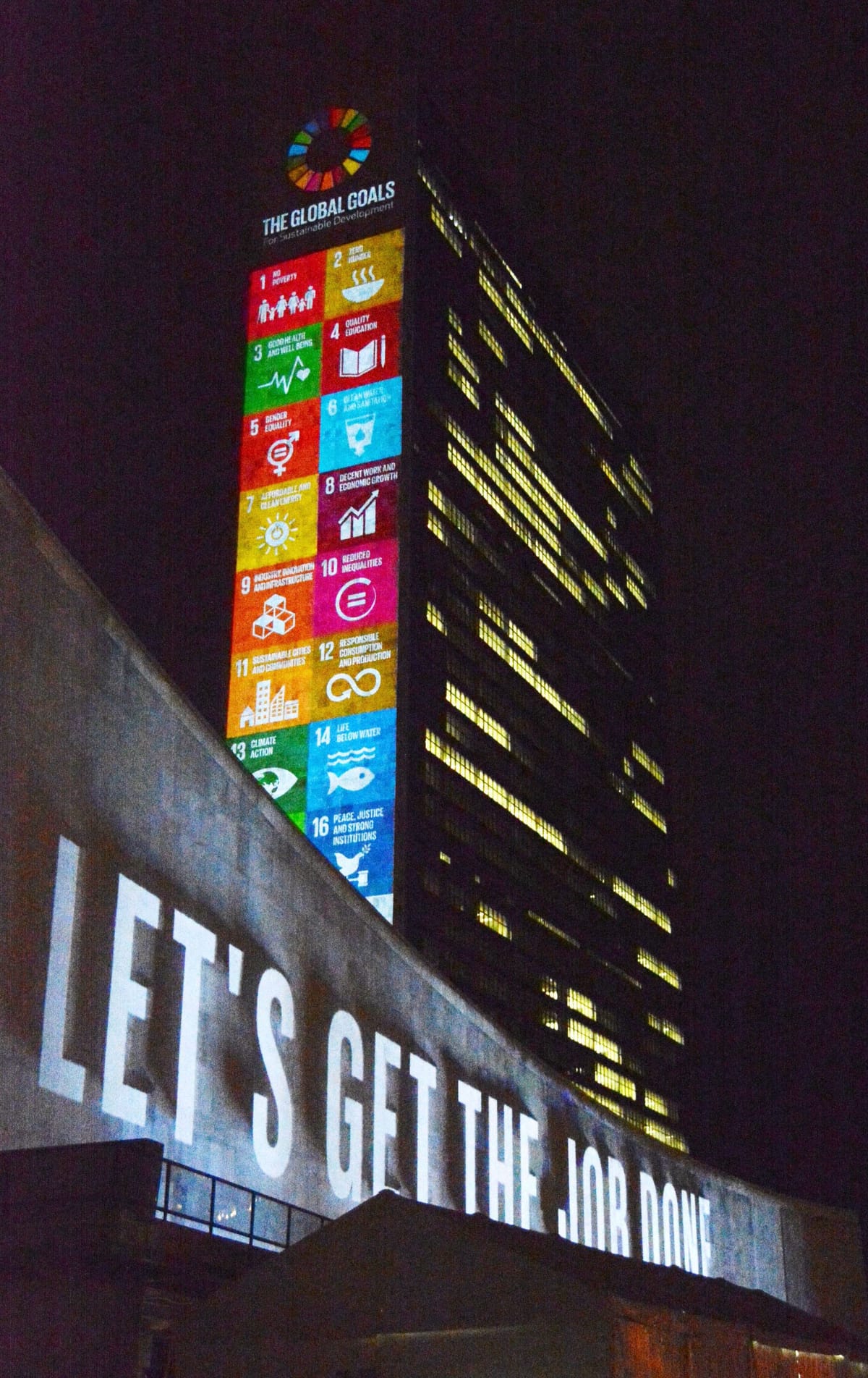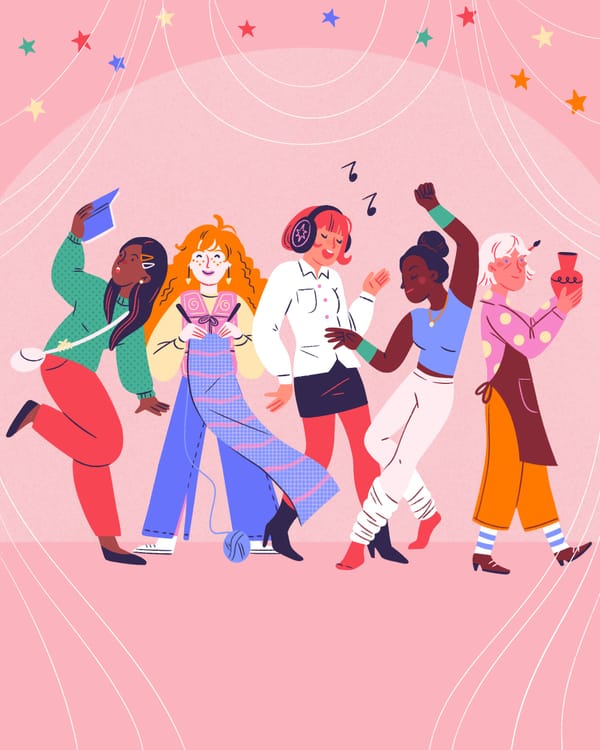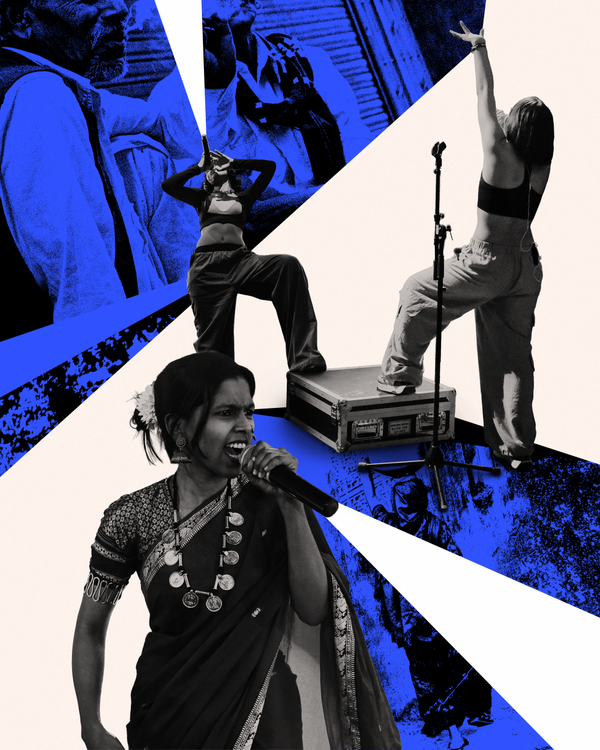Global Equality for Women and Girls is Grim. What Are We Doing About It?
In 2015, the U.N. established sweeping gender goals. Ten years on, they’re not even close to being met.

To put it plainly, it’s not good news.
None of the global gender goals that world leaders agreed to a decade ago at the United Nations are on track to be met by the 2030 deadline. That’s the conclusion of the U.N.’s annual Gender Snapshot, which draws from more than 100 data sources to paint a picture of the current state of gender equality globally.
The Snapshot assesses progress on 17 targets, known in U.N.-speak as the Sustainable Development Goals, which range from eliminating hunger and poverty to ensuring everyone has access to education and clean water. When it comes to women, none will be achieved at the current rates of progress, the report says. So it’s fair to say (and they do) that goal No. 5—achieving gender equality and empowering all women and girls—will be missed by a very large margin.
Although significant progress has been made in some areas, most notably in health and education, major disparities persist across all sectors, according to the report published on Monday.
And in some areas, existing gains are at risk. Cuts to global aid from both the U.S. and other big donors like the U.K., Switzerland and Germany, and a backlash against women’s reproductive rights, for example, threaten significant progress made on women’s health in recent decades. Maternal mortality fell by nearly 40% globally between 2000 and 2023, but has now plateaued in many countries.
While women’s political power has grown—the number of countries where at least half the members of parliament are female has doubled (though to be sure, from a mere three to just six)—gender parity in politics remains the exception. Just 27% of seats in parliament globally are held by women, and over 100 countries have never had a female head of state or government.
Likewise, there have been gains in women’s workforce participation over the last decade, but the report sounds the alarm on AI, saying nearly 28% of women’s jobs are vulnerable, compared with 21% of men’s jobs. Increasing access to technology and education, the report says, could lift 30 million women and girls out of poverty by 2050 and benefit 10 times that many.
All of this should give word leaders plenty to chew on as they meet in New York this month for the U.N. General Assembly. Whether they’ll actually choose to chew on it is anybody’s guess.





